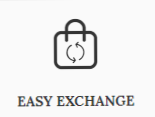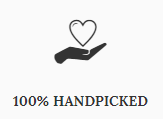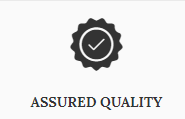Casual vs. Formal: Understanding the Difference in Dress Codes
Introduction
Navigating the world of dress codes can be a bit like deciphering a secret language. Whether you're preparing for a job interview, attending a wedding, or simply trying to figure out what to wear for a night out, understanding the distinctions between casual and formal dress codes is essential. Neva is here to provide clarity on this topic, helping you make informed choices for every occasion.
Casual Dress Code
- Casual attire is all about comfort and relaxed style. It's typically worn in informal settings and emphasizes ease and practicality.
- Men's Casual Clothing: For men, casual attire often includes items like jeans, t-shirts, polo shirts, casual button-down shirts, and khaki pants. Footwear can range from sneakers and loafers to casual boots. The emphasis is on comfort and ease of movement.
- Women's Casual Clothing: Women can opt for jeans, casual dresses, skirts, and blouses. T-shirts, sweaters, and casual tops are also suitable. Footwear choices may include sneakers, flats, or sandals.
- Accessories: Casual accessories tend to be minimal and practical. Think of a simple belt, a wristwatch, and a casual bag or backpack.
- Colors and Patterns: Casual attire often includes a wide range of colors and patterns. It's the perfect opportunity to express your personal style.
Formal Dress Code
- Formal attire is the polar opposite of casual, with a focus on sophistication and a refined appearance. It's typically reserved for special occasions or professional settings.
- Men's Formal Clothing: A classic formal outfit for men includes a tailored suit (in black, gray, or navy), a dress shirt, a tie or bowtie, dress shoes (typically oxfords or derbies), and a belt. The suit should be well-fitted and may include a waistcoat or vest for added elegance.
- Women's Formal Clothing: Women's formal attire can include a cocktail dress, a floor-length gown, or a tailored pantsuit. High heels or elegant flats, statement jewelry, and a clutch bag complete the look.
- Accessories: Formal accessories should be understated and elegant. A tiepin or cufflinks for men and pearl or diamond jewelry for women are excellent choices.
- Colors and Patterns: Formal attire tends to be more subdued in color and pattern. Classic black, gray, navy, and muted tones are common for formal wear.
In-Between: Semi-Formal Dress Code
- Semi-formal attire falls between casual and formal: It's appropriate for events like weddings, cocktail parties, and dinner dates at upscale restaurants.
- Men's Semi-Formal Clothing: A semi-formal outfit for men may include a dark suit (not necessarily black), a dress shirt, a tie, and leather dress shoes.
- Women's Semi-Formal Clothing: Women can opt for a knee-length cocktail dress, a skirt and blouse combination, or a stylish pantsuit. High heels or dressy flats are suitable, along with elegant accessories.
Conclusion
Understanding the distinctions between casual, formal, and semi-formal dress codes is essential for making the right fashion choices for any occasion. Neva offers a wide range of clothing options to suit various dress codes, ensuring you can always look and feel your best, whether you're embracing the comfort of casual attire or exuding sophistication in formal wear. By mastering these dress codes, you'll have the confidence to dress appropriately for any event or setting, making a lasting impression with your style and elegance.




